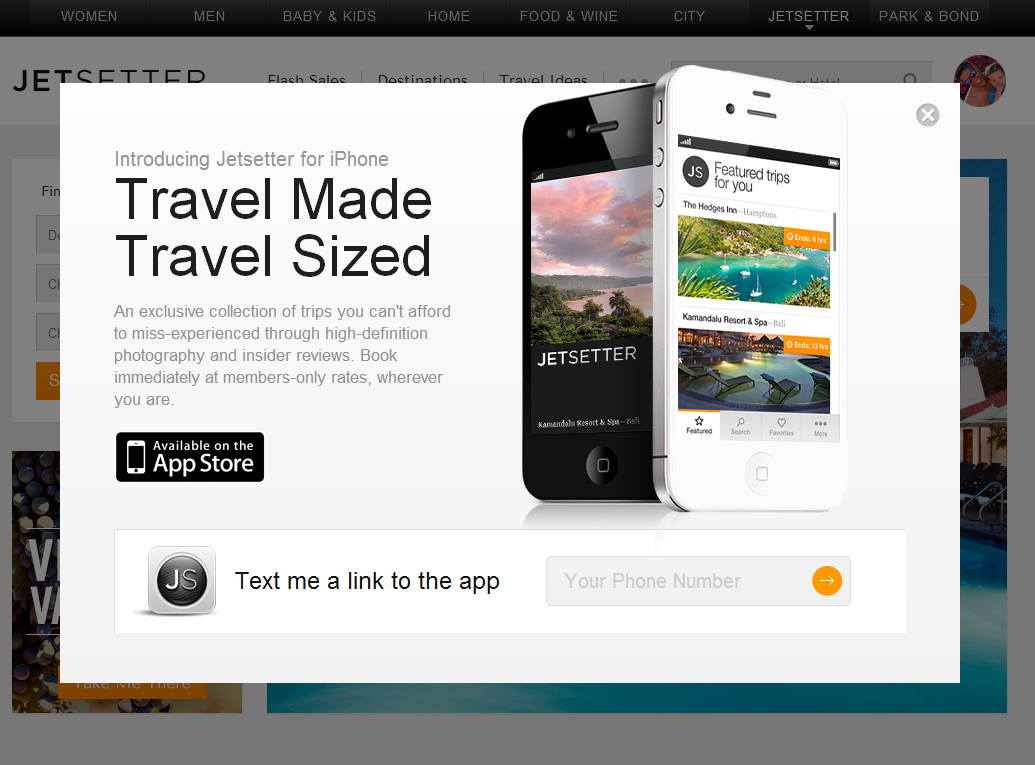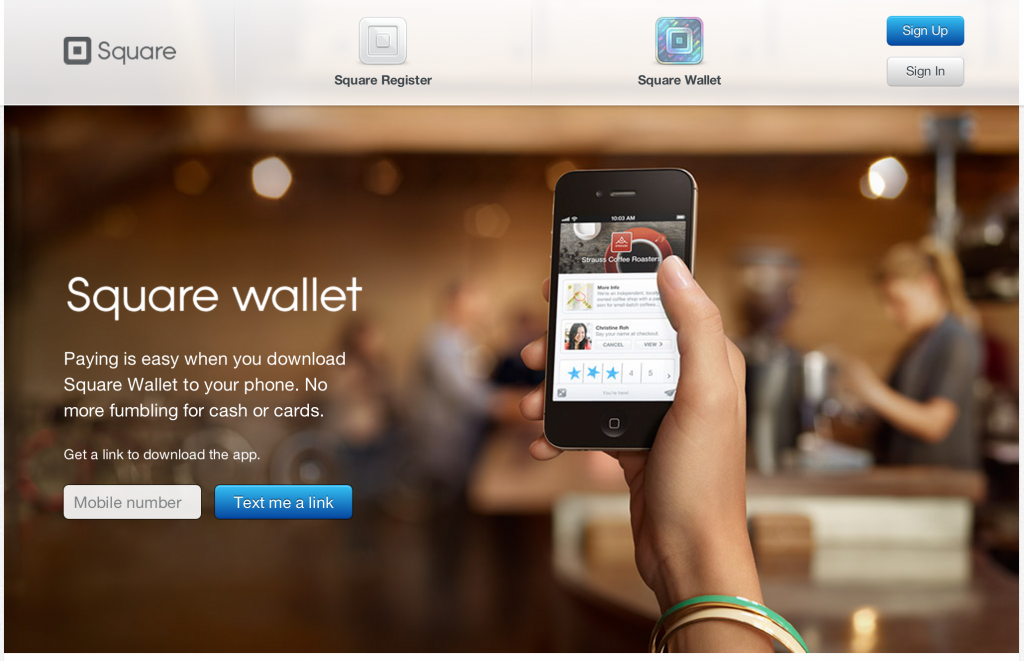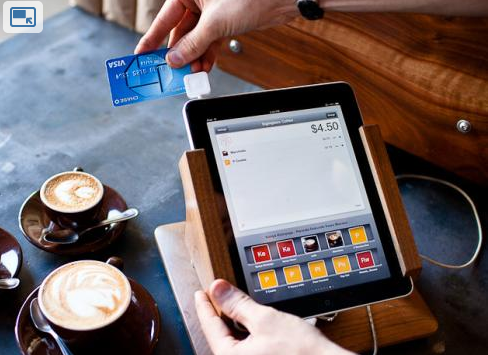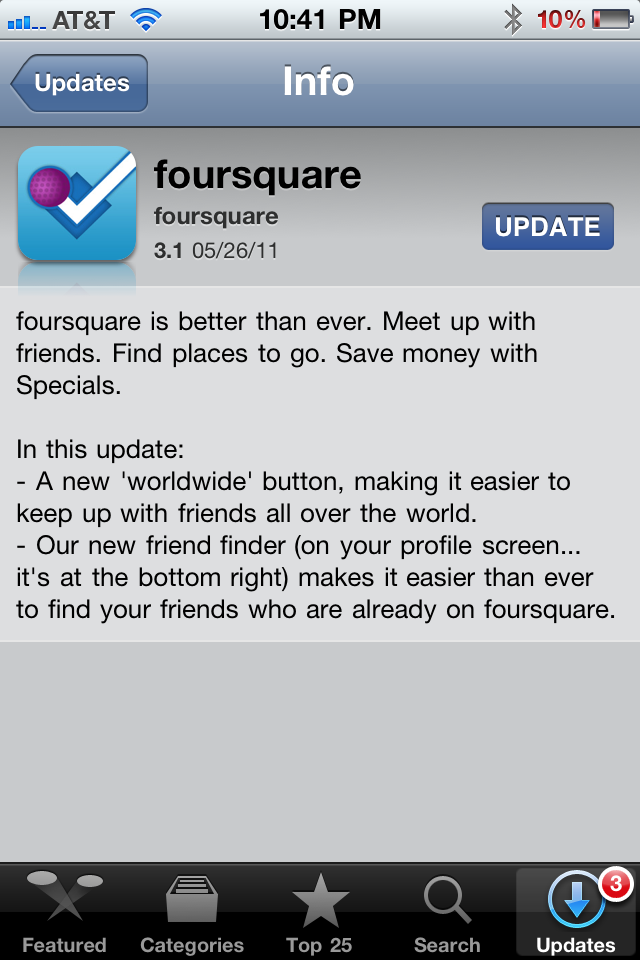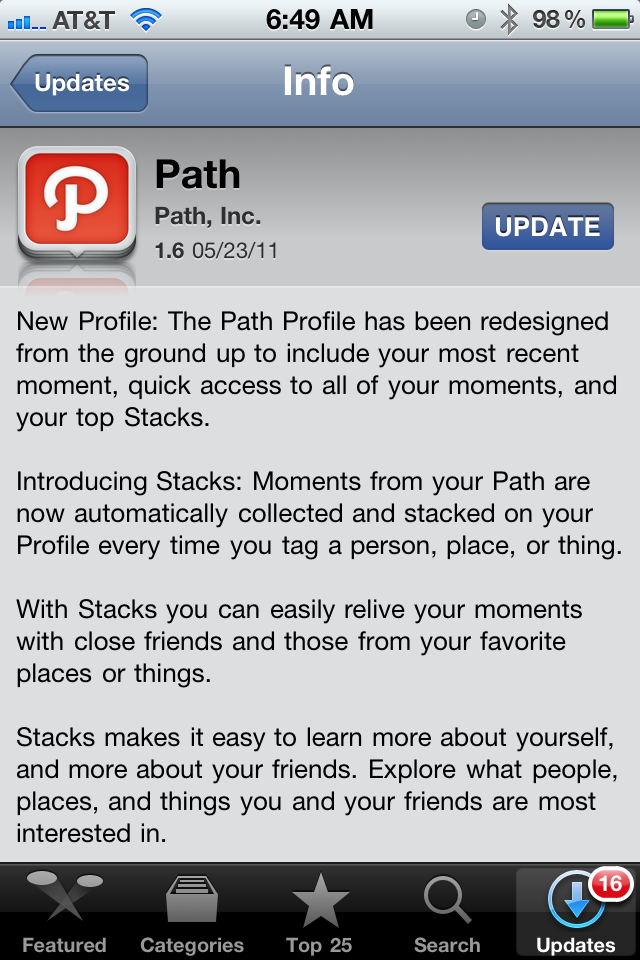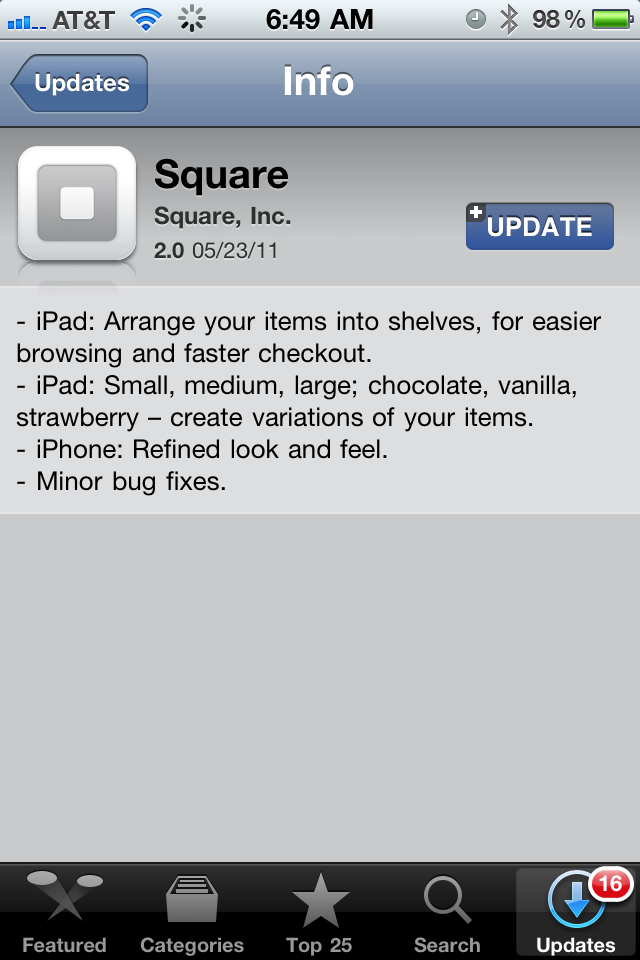Forbes spotlighted LegalZoom earlier in the week: "Silicon Valley Sees Gold In Internet Legal Services" (a Polaris Ventures backed company).
It got me thinking about the earliest days of beRecruited.com and what it took to get the company off the ground... before beginning the real work. And that obviously got me thinking about how much things have changed since I started the company in my dorm room in late 1999:
- I payed $1,000s to incorporate the company (and it took weeks). In fact, this was the single biggest expenditure of the first year.
- Signed a 2 year merchant account to to accept credit cards (which included a physical credit card processor and "we accept Visa / Mastercard" decals....!)
- Signed a similar hosting agreement for web service... which we outgrew quickly.
- Worked hard convince a proper bank to support us (also expensive and out of date).
- And received reams of paperwork and contracts and monthly account summaries.
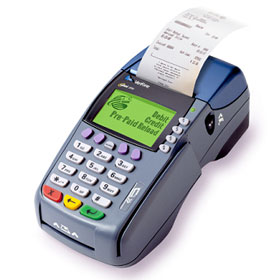
Companies like LegalZoom and Amazon have totally changed that process.
Just think about Dogpatch Labs as an example:
- founders walk in with nothing more than (usually) a Macbook Air.
- They hook into our wifi (no such thing as a server room).
- They run atop of Amazon web services.
- They can accept payments almost immediately with services like PayPal, Square, or even set up recurring billing with Recurly (also a Polaris company)
- They can announce their launch with companies like Sendgrid, Constant Contact, etc.
- And they can look to Facebook, Twitter, etc to find pools of users.
I get asked all the time about why so many companies are starting these days. The most important factor is because it is easier to start today than ever before. And it is easier to attract users today than it has every been.
That doesn't mean it's easier to build a lasting business... but it does mean that you can start working on the business and product faster. And you'll get user feedback on product / market fit faster. And you'll succeed, fail and/or pivot faster.
